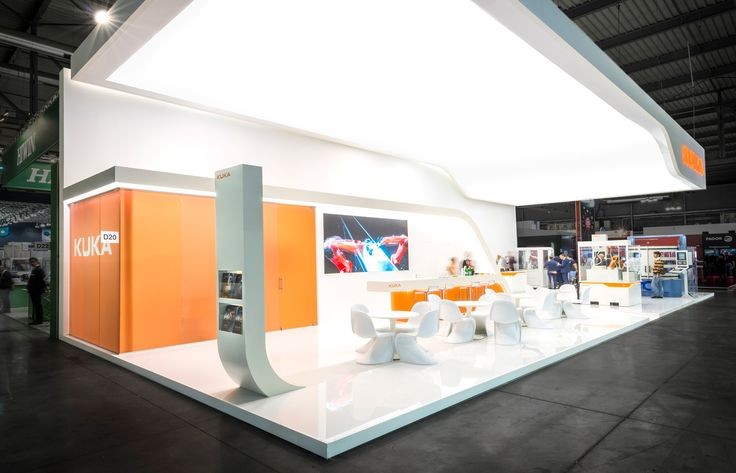The future of exhibition stall design and technology is indeed promising, offering an array of interactive experiences. As technology advances, exhibition stall designers will gain access to innovative tools and techniques, allowing them to craft captivating and immersive encounters for their clients. Here are some potential trends shaping the future of exhibition stall design:
- AI and Machine Learning: Exhibition stall designers can leverage AI and machine learning to their advantage. By analyzing data from past exhibitions, designers can identify patterns and trends, leading to more effective and efficient stall designs. Additionally, AI can enable personalized experiences for visitors by suggesting relevant products and services based on their preferences and behaviors.
- Robotics: Robotics can play a crucial role in creating interactive and engaging exhibition stalls. Designers can incorporate robots to showcase products or services and interact with visitors. These robots can be programmed to answer questions and provide information, enhancing the overall visitor experience.
- Interactive Surfaces: Interactive surfaces introduce a new level of engagement for visitors. Employing touch screens or interactive projections, designers can allow visitors to interact directly with the products or services on display. Moreover, data collected through these interactions can be used to personalize the experience for each individual.
- Mixed Reality: Blending augmented reality and virtual reality, mixed reality offers unique and captivating experiences for exhibition stall visitors. Designers can utilize mixed reality to create immersive environments that showcase products or services, enabling visitors to interact using AR/VR devices or smartphones.
- IoT and Connectivity: The integration of IoT and connectivity can provide significant benefits to businesses exhibiting at trade shows. Sensors and connected devices can collect valuable data on visitor behavior and preferences, enabling designers to tailor experiences according to individual needs and optimize future exhibition stall designs.
Conclusion: The future of exhibition stall design and technology is filled with exciting possibilities. Embracing AI, robotics, interactive surfaces, mixed reality, and IoT connectivity, exhibition stall designers can create truly immersive and personalized experiences for their clients and their customers. Staying updated on these emerging trends and techniques will be crucial for exhibition stall designers to remain competitive and deliver the best possible experiences for their clients.

